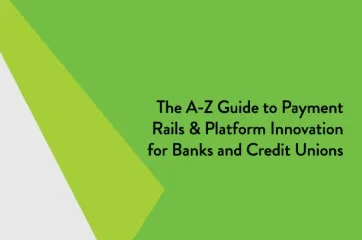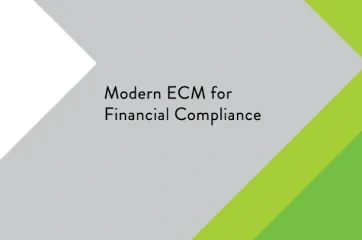The Check 21 Act was implemented in 2004, enabling financial institutions the ability to exchange images of checks rather than paper or hard-copy versions. Since then, banks and credit unions have steadily flexed to meet the changing demands of their account holders - both consumers and corporates. Today there are many “deposit channels,” or points of capture, where an institution can acquire check images for processing, including both in-branch and remote locations.
Rapid technological advancement has played an important role in the ongoing expansion of deposit channels. For example, the United States Census Bureau reported that smartphones were present in 84% of US households in 2018—a number that’s continued to expand in recent years, thus leading to the demand for mobile capture.
Examples of Deposit Channels
Supporting multiple deposit channels can help a financial institution provide streamlined banking experiences for customers or members. Here are common examples of deposit channels in today’s financial industry:
Self-Service Kiosks, ATM/ITM
Some ATMs (automated teller machines) and ITMs (interactive teller machines) are image-enabled, providing account holders with a convenient, self-service solution for depositing checks—even outside of normal banking hours.
Mobile & Remote Deposit Capture
Mobile and other remote deposit capture solutions allow customers or members to scan and deposit checks by using their smartphones and desktop scanners from the convenience of their home.
Teller Capture
With teller capture, front-line staff are empowered with technology for efficiently converting paper checks into electronic format and entering images into the payment stream for Day 1 processing.
Merchant & Corporate Capture
Merchant capture typically involves the use of a computer, connected scanner, and digital banking software. The business user can scan multiple checks at once, saving time and administrative effort.
Batch Scanning / Capture
Prior to the development of modern deposit channels, financial institutions primarily relied on batch capture for check image acquisition. Batch scanning is a back-office function that involves capturing multiple check images at once.
Deposit channels also exist outside of traditional banks and credit unions. For example, check cashing services charge a fee in exchange for processing customers’ payments.
Managing Multiple Deposit Channels
Deposit channels have developed incrementally since the early 2000s, creating complex payment ecosystems for financial institutions. Deploying and maintaining a variety of deposit technologies is common, but doing so can lead to back-office inefficiency and risk. Solutions like Unify from Alogent seek to streamline deposit channels by applying the same business rules to all, while enabling convenient and consistent customer and member experiences.
Explore Alogent’s Innovation Hub for more banking definitions, blogs, videos, and other helpful resources.







